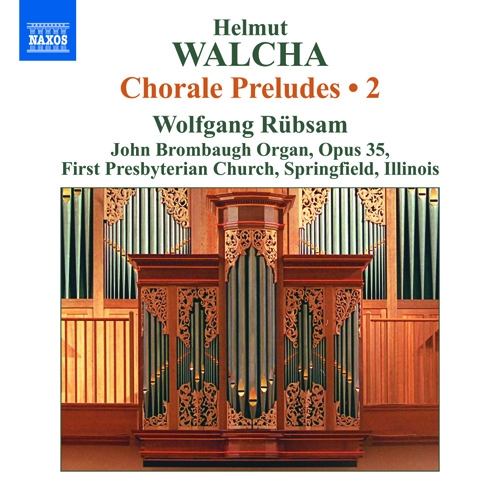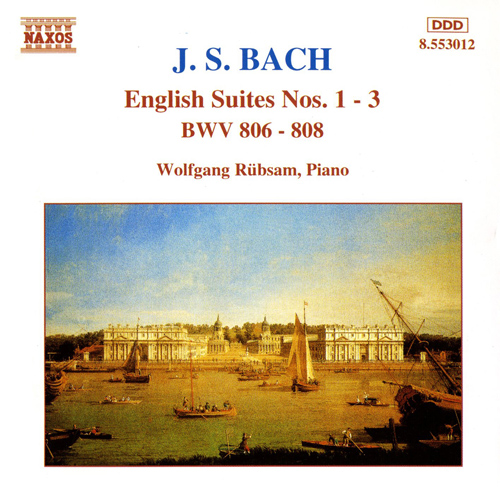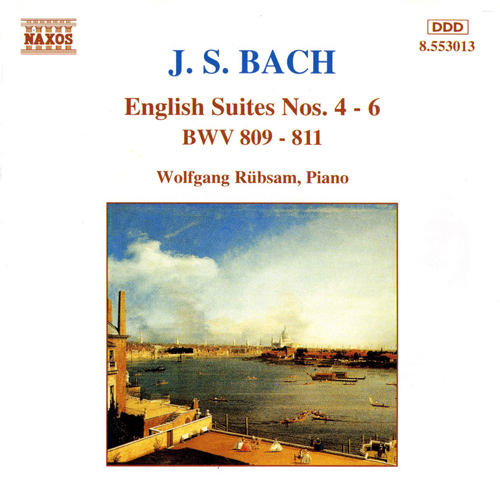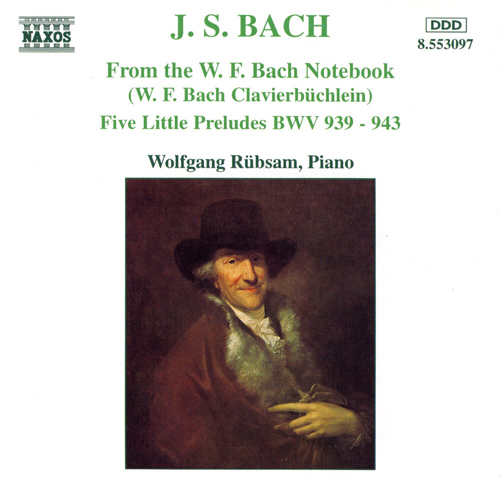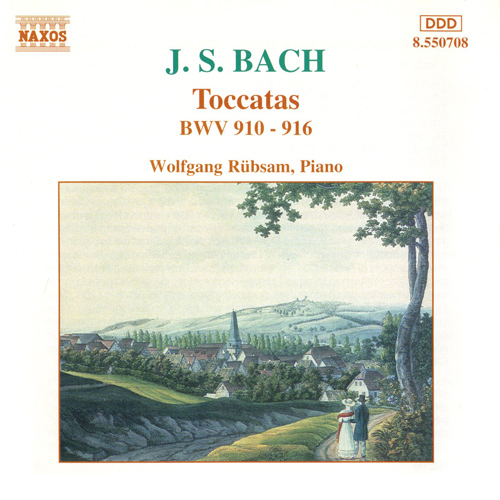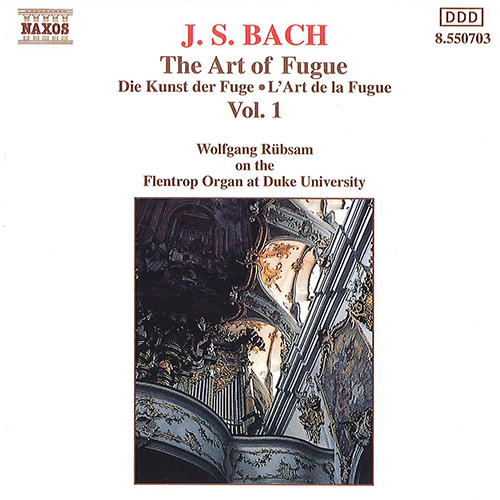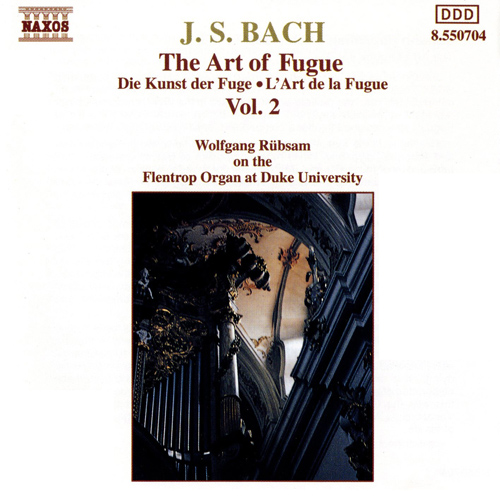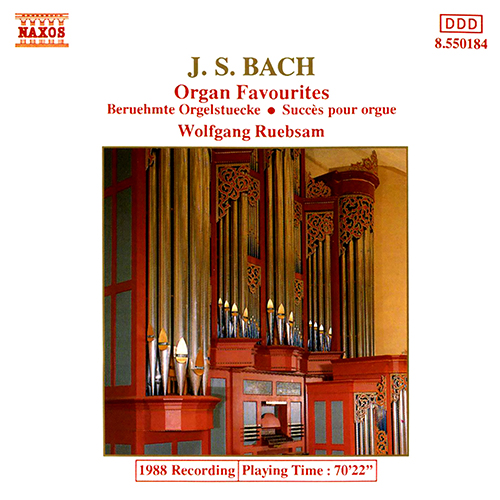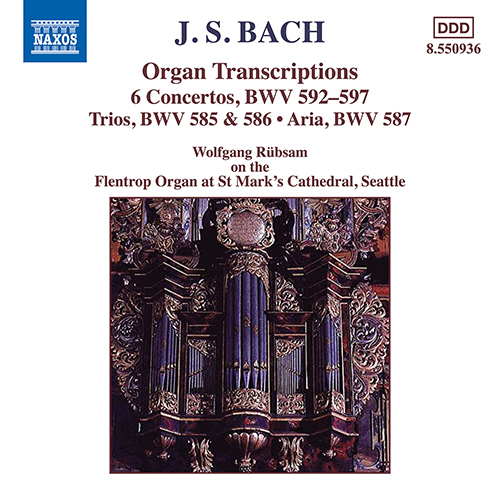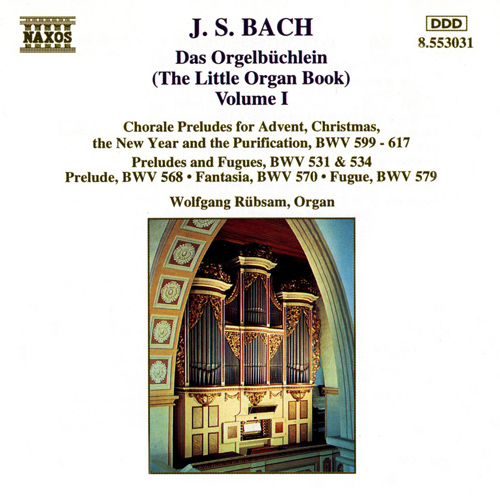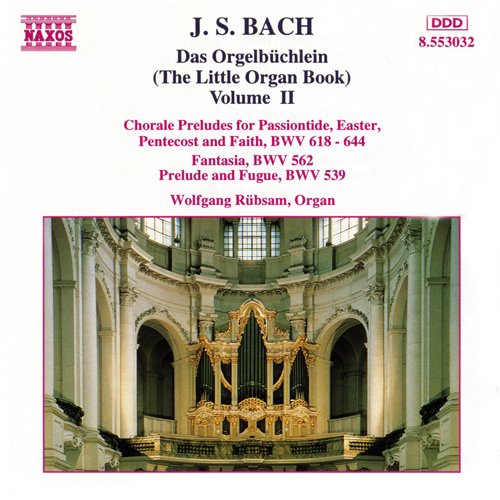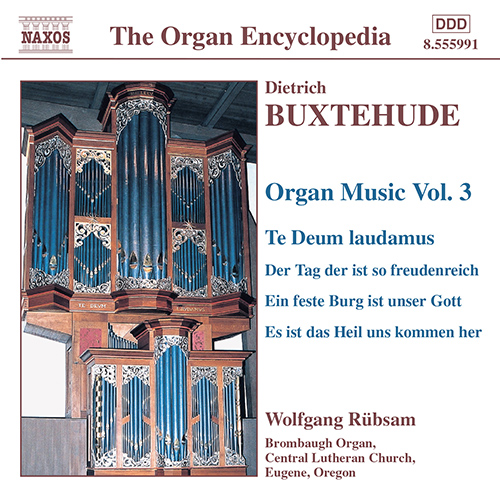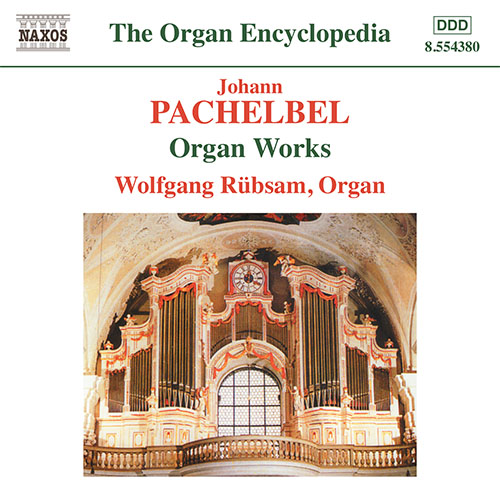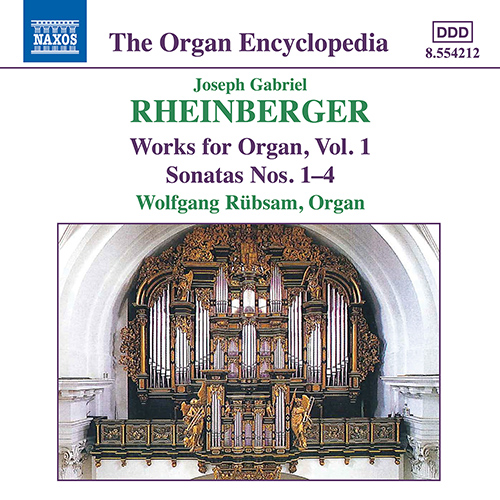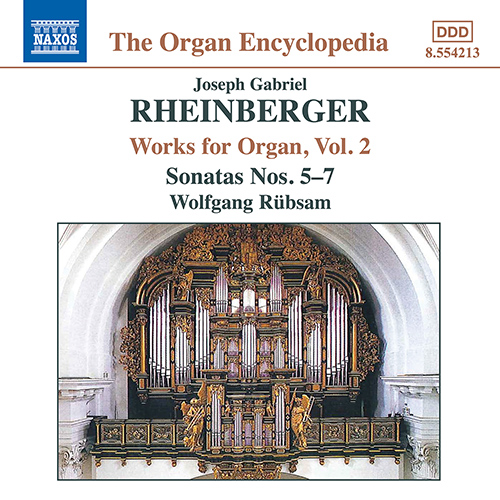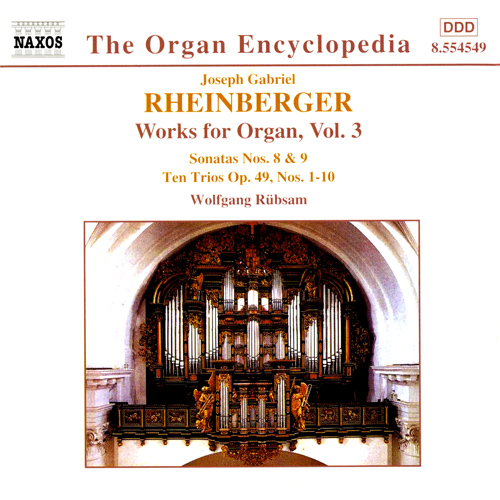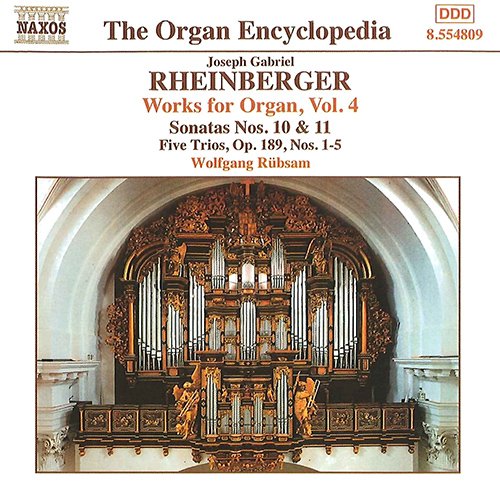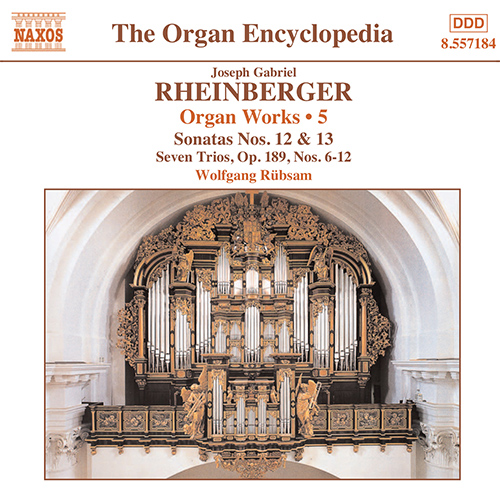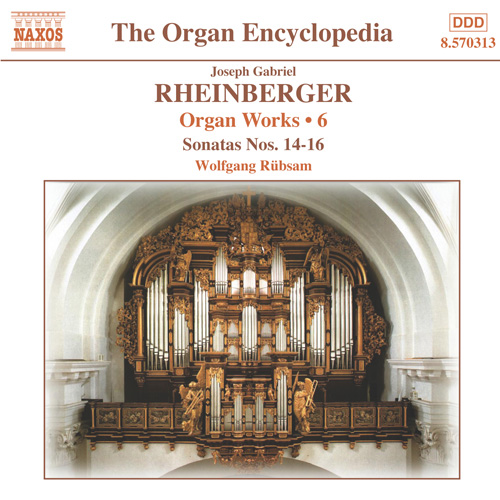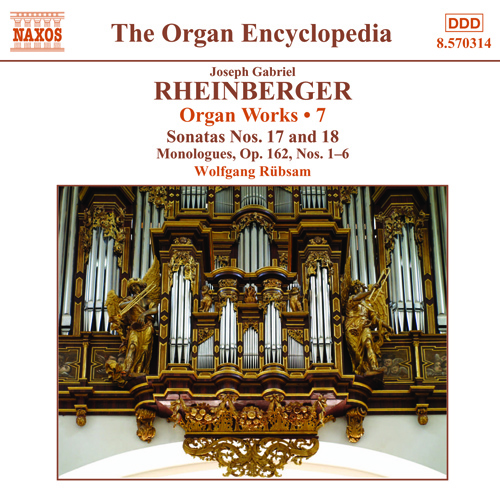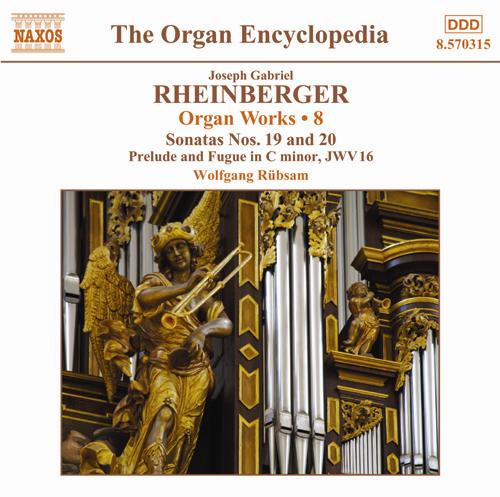In Place of Three Hands: Wolfgang Rübsam talks to Jeremy Siepmann
December 01, 2012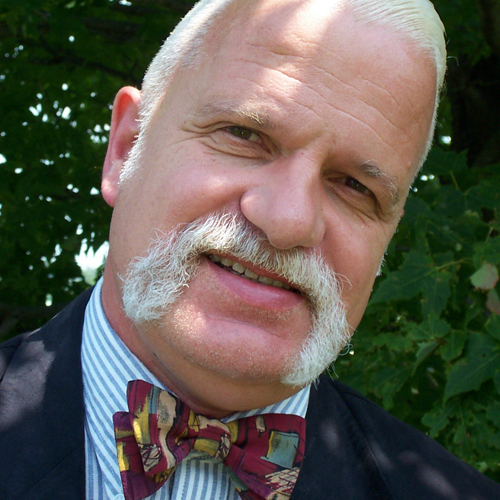
Christa Rübsam
Take one farm, add thirty chickens, three lambs, one cat, one dog, a pond to take care of, a lot of grass to mow and a world class, state-of-the-art studio hidden in the barn, and the likelihood is that the man pulling weeds in the distance is one of the most recorded organists of our time. Check the map, to be sure you’re in deepest Indiana, in the USA, and it’s a dead cert. But the gentleman in question is no native Hoosier, as Indiana’s residents are known. His roots, as his name implies, are far away, in Germany, and, needless to say, the organ loft is not where he began.
‘I think it’s still an agreed international consensus that a successful organist must have a vast experience of the piano. Without that, one can’t really be prepared for the very demanding literature that awaits you. You can’t be prepared to shape organ music in a truly creative way. You need enormous experience at the piano. And I had that, starting at a very early age—when I was three-and-a-half. I come from a family of musicians. My mother was cantata and oratorio singer and her vocal students were always coming to the house. And piano pupils too.
So I grew up hearing all that art song, and of course lots of piano music. And when you’re a kid and you see all those people sitting at the piano, of course you want to hop up and play it too. You naturally imitate what you see and hear. And my parents never interfered. They just let me play at the piano whatever I liked—and of course I never banged it, since I never heard the students doing that. From the very beginning, I used my fingers—and my favourite key was F-sharp major. In my opinion that’s how a child should grow up. Looking back at what I’ve experienced, I feel so strongly that one should never interfere with young children. Don’t tell them anything. Let them discover the world of music on the keyboard for themselves. That’s what I did—and do you know, to this day I have to really think how many sharps are in whatever key. Because it doesn’t matter to me what key I’m playing in. It’s all one world basically. In effect, I grew up experiencing the piano as a toy, making music, imitating what I heard—we actually have a little recording of me at about four, playing that famous little Bach Minuet in G, so polyphony was a strong element in my environment from a very early age. I improvised on the piano all day long. My parents had to take me away from the piano, not the other way round. Quite different from what one hears about parents these days. I had my first formal piano lessons at the age of six, with a very good pianist who both had and taught a very big repertoire, and the music I played with her encompassed a huge range—Bach, Mozart, Chopin, Schumann, Liszt, Brahms, Ravel, Debussy, Rachmaninov etc—so I was exposed to a very wide, often very difficult repertoire, before I began to play the organ at the age of 16.’
The advent of the organ was undoubtedly the great watershed of Rübsam’s young life. But it had an unexpected rival. ‘During my teenage years I had a powerful interest in aviation. I wanted to be a Lufthansa pilot. My mother said that was impossible, because my English wasn’t good enough, and of course, my life took a different course. Sometime later, however, when I was 26, I did become a fully qualified pilot and flew all over the United States in my own plane. I made it a sport to fly myself to all my recitals. My ambitions in aviation were finally fulfilled—though not quite the way I’d originally hoped. But my English was fine!’
When it came to his organ studies, both languages came in handy. Indeed essential. ‘After a childhood of self-discovery I had the luck of going through some very rigorous training, starting in Fulda, my home town, where I studied with the cathedral organist, Erich Ackermann—a fantastic musician and virtuoso (from whom I never heard a single wrong note). Then came lessons with Marie-Claire Alain in Paris and three invaluable years of study with Helmut Walcha, after which I went to America, where I studied, at Walcha’s request, with Robert Anderson, who was a most influencial American student of his. It’s interesting, by the way, that Walcha’s American students had a considerable influence on him, and were instrumental in publishing the four books of chorale preludes. This is one of the reasons why I suggested to Naxos that we should have two interpreters for the present cycle, two volumes from me and two from Delbert Disselhorst, another of Walcha’s famed American students.’
Pianist, organist … has Rübsam always been a strictly keyboard man? ‘Oh by no means. When I was a teenager I was also a good flautist. Among other things, I played all the Bach sonatas and the Fifth Brandenburg Concerto. Playing a wind instrument is a huge advantage for any keyboard player—because you get to understand breathing, and intensity of sound, and the shaping of musical tension and relaxation. That really is where my musicianship basically comes from. That and listening to others: hearing all those wonderful early recordings of Nikolaus Harnoncourt, with Concentus Musicus, Wien, and the gorgeous flute and recorder playing of Frans Brüggen, and Musica Antiqua of Cologne, too, of course. I just marvelled at what I was hearing—and copied their example. I quite uninhibitedly stole ideas from them. It reshaped my entire musical outlook. I believe very strongly that music is a language; that you really can’t learn it from books. You have to experience it with your own ears. And I really don’t think there’s anything wrong at all about taking ideas from others and using them in the context of your own interpretation. Another thing, too: instruments can teach you. What you hear in my Bach piano recordings, for instance, is my awareness of Bach’s clavichord, which can do much more than the modern piano. The clavichord influenced my thinking a lot. Not least in the sheer range of its sound. It can go from extremely soft to extremely loud (within its own range), it can also do vibrato, which you certainly can’t do on the piano. I really don’t see how anyone with an experience of the clavichord can possibly believe that Bach’s music should be played metronomically, like Glenn Gould. That’s absolutely not what I think Bach was all about. Music is written down to be interpreted. And interpretation is very personal. You may agree with it or not agree with it, maybe you’ll like it, maybe you won’t, that’s all right. But music is not on paper to be reproduced mathematically. I’m totally against that.’
Unbeknownst to many, Rübsam, a prodigious organist with more than 130 recordings to his credit, is also a prolific sound engineer. How, I wondered, did this come about? ‘Even before I won the Chartres Competition in 1973, I’d been intrigued by the subject, but what brought it into sharp focus was the complete Bach cycle for Philips which flowed from that event. Working with Teije van Geest at his studio in Heidelberg was a real education for me. I turned professional, as it were, almost by chance, when he found himself fully stretched and asked me to look after the editing of a contemporary work for string quartet. Happily, it turned out well, and that, really, was the beginning. For many years now, I’ve worked from home, as it were. On my farm I have a big studio, upstairs in the barn, the hayloft area, which is all beautifully fixed up, and has wonderful acoustics. What you hear on my piano recordings is a natural not an artificial acoustic. It bothered me how hard it is to play Bach on the piano in a dry acoustic that really doesn’t suit the music. I wanted a truer sound. Another wonderful advantage, of course, is that I can record whenever I want—on the spur of the moment, whenever the time feels right. And that’s how I did most of those Bach piano recordings. In my hayloft.’
And are there any signature features that characterise a Rübsam session? ‘What I tend to do, and what I did for all my Bach piano recordings, is to record with headphones, so I’m hearing, the whole time, exactly what the microphone is picking up. This, of course, is very different from public performance. There’s no doubt, I think, that the technological environment, if I can put it that way, does (or certainly can) influence your playing; that it can significantly affect your attitude and perspectives. I also wear the headphones for my organ recordings. When working in the very resonant acoustic of a cathedral, it’s a fantastic advantage to hear what’s actually going onto the recording. It affects how you register the instrument, how fast you play—it’s a wonderful experience. Almost like being a pop musician, who routinely comes into the studio with headphones. It may not be the “done thing” but I highly recommend it.
‘Using headphones while recording is of course a really simple technique, even without the digital environment, though I don’t think anybody did all that much of it in the analogue era. Apart from anything else it saves a huge amount of time because as you hear little things (or sometimes maybe not so little things) that didn’t go quite as you had hoped, you can stop and deal with it on the spot. That immediacy is very important. On the whole—not only with my own recordings, but when I’m recording other artists—we generally take around half the time as other producers and studios.’
Inevitably, our conversation returned to the subject of Helmut Walcha. Many, today, still remember him as one of the great performers; few have an inkling, if even that, of his activities as a composer. How extensive, and how wide-ranging, is his legacy? ‘Until very recently, we’ve been aware only of the four volumes of chorale preludes published by Peters Edition, plus one single piece, called Postludium. I’ve only very recently heard mention of another, a Sonata for violin and organ, and two cantatas, one dating from 1932, but I haven’t had a chance to see any of these yet.’
And what of the Chorale Preludes? ‘These were largely intended to be what the Germans call Gebrauchsmusik—music for the average organist to use in church—but though some fill the bill (you can almost sightread them), others are very difficult indeed, which is probably why they haven’t actually been played all that much. Many organists have been aware that this music exists, but once you start working on it it’s phenomenally challenging. Sometimes you’re even required to play on three manuals! Three manuals at the same time! Can you imagine?! Another thing is that Walcha was very much motivated by Bach, and Bach’s polyphony in particular. He may well have seen this collection as a kind of counterpart to Bach’s “Little Organ Book”, modelling it on certain techniques used there. It also occurs to me, though, that Walcha may actually have been challenging Bach, creating something even more complicated than anything Bach left us! In terms of his canonical writing, there are times, for instance, where you’ll find one two-voice canon overlapping another—which is something I’ve never seen in Bach. He also seems to be challenging Bach’s incredible architectural achievements. All this, as you can see, makes for organ playing of extreme difficulty! This is certainly not Gebrauchsmusik any more! It’s very hard to learn, let alone perform, but once it’s in the fingers it sounds beautiful. It really works. It is remarkable music; music of extraordinary intelligence. Interestingly, though, I never actually practised any of this music when I was studying with him. Nor did he ever press it upon me. In fact, he never mentioned it. We students were really completely unaware of its existence!’
And how does Rübsam suggest that the newcomer approach it? ‘The more you become familiar with the music, when it becomes easier to hear what’s going on, the more you can appreciate the architecture of it; the wonderfully ingenious canon work; the extremely clever use of ostinato. I think it’s important that the listener should focus on the activity of the inner voices, not just the outer ones. Many of these inner voice progressions are simply beautiful—very, very artistically done. And quite amazingly, Walcha didn’t just sit down and write all this music. Being blind, he had to dictate it to his wife or to a student, either verbally or by playing it. It’s beyond my imagination how such a thing could be possible. Of course he was an incredibly good improviser, and this is basically a document of how he managed it, how he worked out everything in his mind. There’s much, much beauty in the music, but the listener will sometimes have to work through some really strikingly dissonance, which you’d never guess Walcha could have enjoyed, coming as he did out of the Bach tradition. But this dissonance never occurs for its own sake. It’s not there to shock, to be “modern”. It arises, necessarily, from the music itself. And when you come to understand it, it takes on a very special kind of beauty. It’s really a kind of miracle.’
And who could resist a curtain-up like that?
Jeremy Siepmann is an internationally acclaimed writer, musician, teacher, broadcaster and editor.
